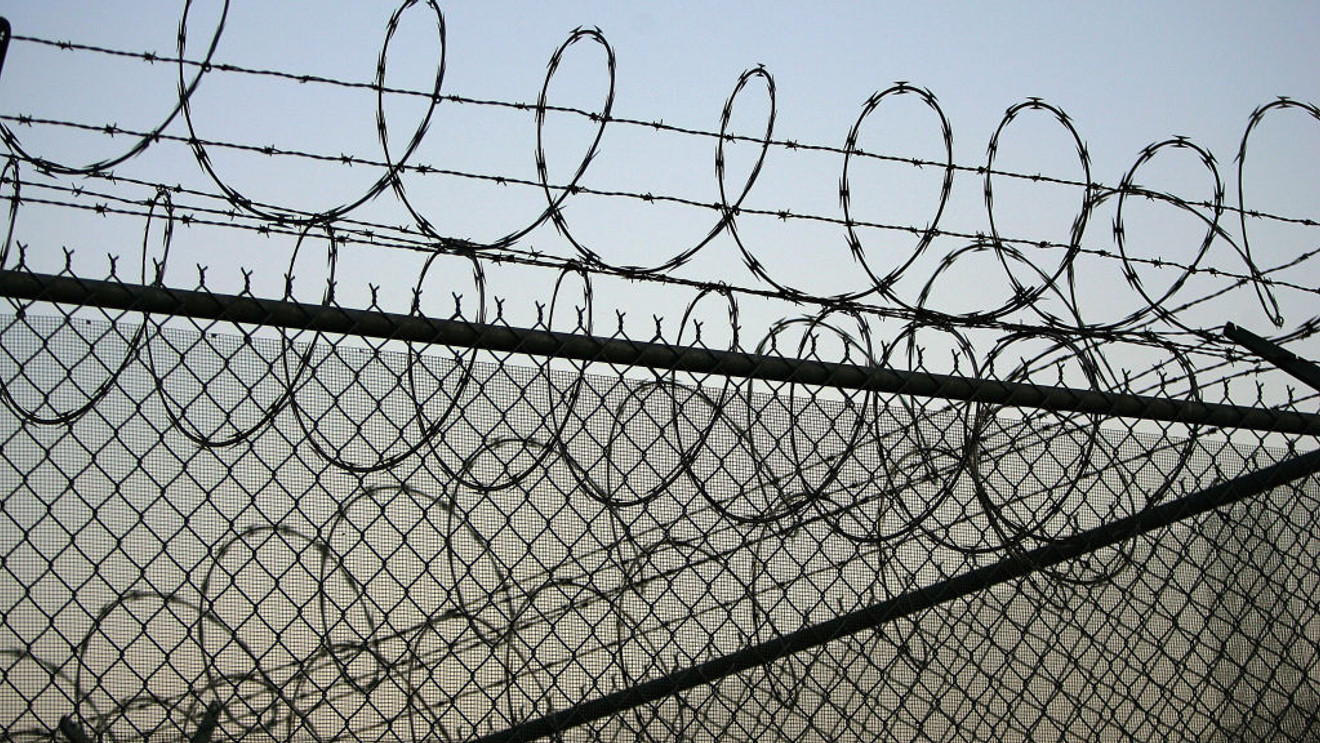By Chelsea Cirruzzo
(USN ) – Increases in a county’s jail incarceration rate are associated with upticks in premature deaths caused by issues like infectious disease, substance use and suicide among a county’s broader population, according to a new study.
The study, published Tuesday by The Lancet Public Health, comes as prison reform advocates such as the American Civil Liberties Union have called on states to release inmates in order to protect them from COVID-19 and ward off spread of the novel coronavirus that causes it. Amid the ongoing pandemic, researchers say their findings “highlight the immediate need to account for jails as drivers of infectious disease spread in the community.”
“These findings suggest that interventions to reduce incarceration might result in broader community mortality benefits,” according to the study, conducted by researchers from the Columbia University Mailman School of Public Health and Wayne State University.
For their long-term analysis, researchers examined jail incarceration rates from 1987 to 2017 across 1,094 mostly larger, non-rural counties, pairing that data with rates of certain causes of death across three decades for county residents younger than 75. The median increase in incarceration rate during the study period was 1.9 per 1,000 population, although some counties saw an increase of more than 20 per 1,000 population.
The study estimates that a 1 per 1,000 population increase in a county’s jail incarceration rate was associated with an increased death rate for a number of conditions in the county population aged 75 and younger after one year, including a 6.5% increase in the rate of death from infectious diseases and a 4.9% increase in the rate of death from chronic lower respiratory disease. The study also found a 2.6% increase in substance use mortality and a 2.5% increase in the rate of death by suicide, as well as smaller increases in county death rates tied to heart disease, unintentional injury, cancer and diabetes.
In their analysis, researchers accounted for the effects of county-level factors such as crime, poverty, racial demographics and unemployment. Over time, researchers said, the associations between incarceration and causes of death weakened. Infectious disease and suicide mortality in counties declined by 5% and 2.5%, respectively, over 10 years, for example. Declines were less pronounced for causes of death such as heart disease and cancer.
Researchers said they conducted the study amid the “growing body of evidence concerning the public health consequences of mass incarceration,” and that their findings offer evidence suggesting that curbing incarceration could improve public health.
“With U.S. correctional facilities reporting some of the highest COVID-19 infection rates in the nation, the pandemic highlights the immediate need for decarceral strategies to massively reduce the number of people held in our nation’s jails and prisons to protect the lives of incarcerated people and control infectious disease spread in the community,” researcher and study co-author Sandhya Kajeepta said in a statement.
In the study, researchers also say jail incarceration in the U.S. is “an institutional product of structural racism that disproportionately affects Black Americans,” and that high incarceration rates may compound existing racial health disparities in communities.
The U.S. has the highest incarceration rate in the world, and Black people are nearly four times more likely to be incarcerated in local jails than white people, the study says.
“Responses to the most pressing public health challenges, including the COVID-19 pandemic and opioid epidemic, require public health to reckon with mass criminalisation and mass incarceration,” study co-author Dr. Seth J. Prins said in a statement.



